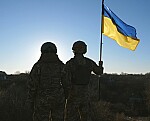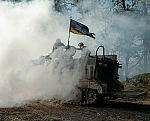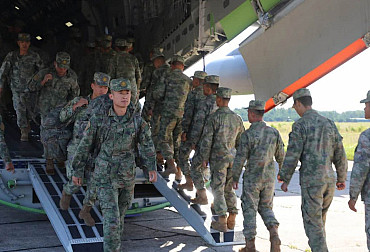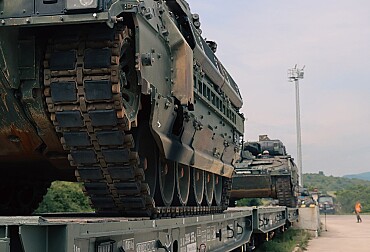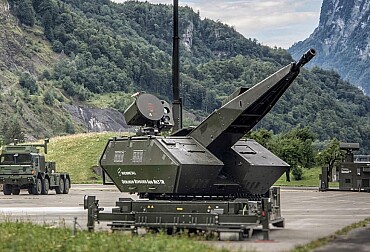Russian defence reinforcement or a hidden threat?
According to media reports, in June North Korea was to send an engineer unit or units to Ukraine to participate in the reconstruction of the Donetsk region. The exact number of North Korean engineers sent is not yet known. In addition to the sheer number of troops deployed, it will be important to monitor the equipment of these units. In addition to the training of the troops themselves, this will be indicative of the actual capabilities of these reinforcements and may also reveal their actual mission and potential use.
If, for example, these units are equipped with the means to cross water obstacles, this may be a sure signal regarding their predestination. In this case, then, it cannot be ruled out that this may be a deceptive operation and that the Russian army has no intention of crossing, for example, the Dnieper in the near future. However, it seems much more likely that the task for the North Korean engineers will be to build defensive positions, primarily to secure captured territories or to build deep defences to secure the directions of possible attacks by the Ukrainian army in the future.
The chosen tactics in the next period may envisage that part of the units will rely on the built defences, thus freeing up part of the forces for possible attacks on the chosen main/preferred directions. However, the scenario of North Korean forces being used sooner or later in favour of new, and already combat-ready, North Korean units that could be redeployed cannot be ruled out. This is not a purely military matter, but could be a response or threat in the context of a further escalation of the conflict. Also, in the event that peace negotiations are initiated, this potential or actual reinforcement of Russian troops deployed on Ukrainian territory can be used as a means of pressure.
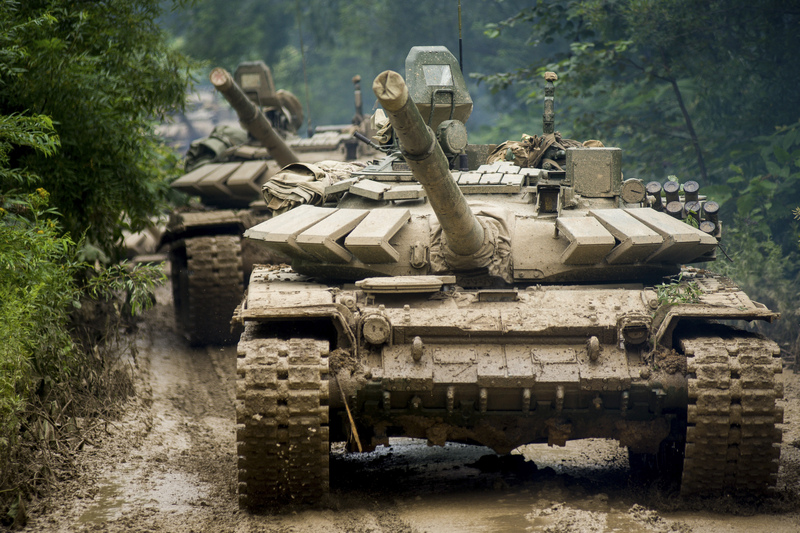
Russia generally does not want to use additional troops in the fight in Ukraine, which it keeps aside in case it has to face an attack on its territory. For North Korea, on the other hand, this is a welcome influx of needed resources, but it also makes Russia even more committed to closer cooperation in line with the signed Comprehensive Strategic Partnership Agreement.
The importance of defence
On the Ukrainian battlefield, the importance of well-constructed defences, including well-prepared and committed defending units, is becoming increasingly apparent. If individual attacks can be repelled over a prolonged period of time and the enemy suffers significant losses, further offensive action in the chosen direction may be judged unacceptable. Unless there is a major breakthrough on one of the sections of the front, the prolonged exhaustion of the enemy may be a prerequisite for the conclusion of acceptable agreements to end the conflict also for the defending side.
The success of the actual conduct of the defensive struggle, however, will depend on the terrain, the engineer preparation of defensive positions by the forces and resources allocated for the defence, and not forgetting well-functioning logistics, including the supply of ammunition and other military material. Engineer preparation of defensive positions will include not only the construction of field fortifications but also the establishment of engineer roadblocks, both explosive and non-explosive. The main component of explosive roadblocks are anti-tank minefields, which generally have the greatest contribution to the destruction of enemy combat equipment and also have a psychological impact on enemy units whose combat equipment penetrates and suffers losses.
The capability to conduct effective defences is also improving with the development of reconnaissance and destruction assets, with the mass deployment of drones and stand-off munitions increasingly involved in both reconnaissance and destruction. In the area of destruction, the artillery is doing a decisive job, and its effectiveness is also developing with the use of new types of ammunition with longer range and more precise guidance.
No Man's Land
In the context of reconnaissance and destruction assets, ever deeper 'no-man's-lands' are being created between enemy units. These territories are being carefully monitored by both sides by all available means of reconnaissance, in particular aerial reconnaissance (including drones), and by the increasingly massive use of various sensors that can be delivered to their destinations in a variety of ways.
Traversing this space is then usually a very challenging operation for the attacker, accompanied by significant losses, and this trend will continue to be reinforced by the deployment of ever more sophisticated and efficient robotic assets. Their effective use will also be supported by the development of autonomous deployment, which will enable increasingly 'smarter' artificial intelligence. As the use of autonomous systems increases, efforts will be made to move personnel, or parts of them, further from the front line to provide greater protection.
Conclusion
We are currently witnessing increasing tensions between major powers and established or emerging alliances. As a result, in the context of the current conflicts and tensions in many regions, there is an acceleration of armaments development, with significant funds being spent on the modernisation of individual armies. Further dynamic development of weapon systems and technologies can therefore be expected, among other things.
Artificial intelligence will play a leading role in technology development. Growing mutual hostility and irreconcilable attitudes will continue to mobilise resources in favour of armaments, creating a new environment for the exercise of power and the assertion of interests.
It is likely, however, that this will result in a lack of resources for a stable life for the majority of the population in many countries, and in further risks and outbreaks of conflict arising from social unrest or irreconcilable attitudes among groups.
Thus, at the moment, we can register not only the building of trenches on the actual front lines, but also in the economic sphere. The global economy is gradually disintegrating, and ideas of prosperity or sustainable development are gradually fading into oblivion.



